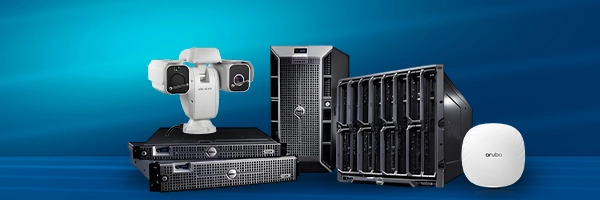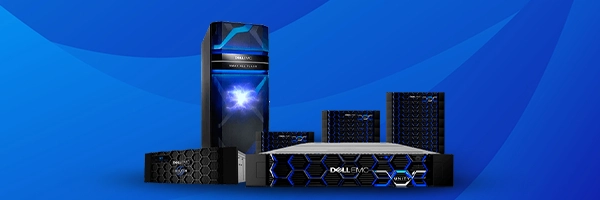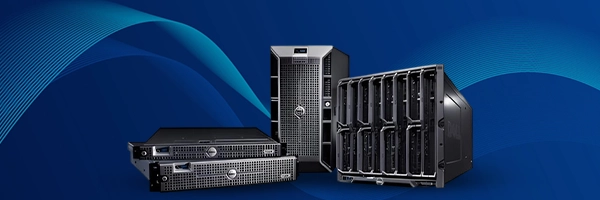As we know, Cisco routers and switches are essential for networking. These devices transmit information quickly and reliably across networks. To enhance network performance and stay ahead of the competition, you must grasp Cisco routers and switches, even if you are not an IT specialist. This blog will provide complete guidance about Cisco switches and routers for an in-depth understanding. So, without further ado, let’s dive into the depth of networking!
What is a Cisco router?
Cisco routing offers intent-based networking for the WAN, LAN, and cloud. It combines advanced analytics, application optimization, automatic provisioning, and integrated security to provide a satisfactory, verified solution. These speedy routers improve network performance. They can lower expenses, hasten branch deployment, and enhance the adaptability of your network infrastructure.
Therefore, Cisco’s broad range of network routers enables end-to-end administration and flexibility for your WAN, LAN, and cloud network, whether you require a small business, branch, edge, corporate, industrial, or virtual router.
What does a Cisco router do?
Cisco routers connect computers and other devices to the Internet. It serves as a dispatcher, determining the most efficient route for your data to run through. It links the business to the outside world, protects data from security risks, and even determines which computers get priority over others.
Additionally, the Cisco router offers features like firewall, virus protection, intrusion prevention, and virtual private network (VPN). It delivers a proactive threat defense that prevents attacks from spreading throughout the network. Small and large networks can use it for security.
What are the different types of Cisco routers?
Cisco routers help build smarter, faster, and more dependable networks. Following are its different types.
- Branch Routers
Router was placed in an affiliate office of a larger company. As opposed to edge routers, branch routers usually interact with other network routers.
- Industrial Routers and Gateways
An industrial router is a portable cellular communication device with a weatherproof, dustproof, and temperature-resistant shell and internal components.
- Service Provider Core Routers
They can deal with a lot of data flow, are reliable and available, and function with many different networking protocols.
- Service Provider Edge Routers
It connects a network service provider’s area to surrounding providers’ domains. It is developed to meet the needs of service providers and their consumers for high-volume traffic handling and rapid connectivity.
- Small Business Routers
These are home or small business LAN devices. Installing and maintaining these routers are supposed to be easy. Hence they often offer fewer ports.
- Virtual Routers
Through a virtualization platform, it provides users with network communication services, including routing, switching, security, VPN, and more.
- WAN Aggregation and Internet Edge Routers
They direct data between private networks and the Internet at the interface. Firewalls and intrusion protection systems are also provided.
- Wireless WAN
A network that covers an extensive area geographically. The WAN port on your modem is used for sending and receiving data over the Internet.
What is a Cisco Switch?
Cisco’s continued success may be seen in the vast number of switches and services it offers. It is a networking tool that establishes connections between computers on a network by employing packet switching to forward data to its intended location. All devices, including computers, printers, and servers, can connect through this central hub.
What does the Cisco switch do?
Cisco switch allows several devices to connect to the same network without interfering with each other’s communications. At a busy intersection, it serves as a traffic controller. It performs this by having a check over each data packet’s destination address and transferring it to the suitable device. They come in many sizes and configurations to meet the needs of different businesses.
Types of Cisco Switches
5 common types of Cisco switches are discussed below:
- Modular switches
Modular switches allow for the easy addition of more modules, providing adaptability as network needs evolve. Firewalls, wireless connectivity, and network analysis are application-specific boosting modules. They might also allow more connections, wires, and cooling fans. This switch model offers the most excellent customization options but at a premium price.
- Fixed-configuration switches
In general, fixed-configuration switches are less expensive since they have a set number of ports and cannot be expanded. Unmanaged switches, programmable switches, and managed switches are all examples.
- Smart switches
Smart switches can be more cost-effective than modular switches due to their management and segmentation, quality of service, and security features. But they still can’t compare to the scalability of managed switches. These switches serve as the backbone of less sophisticated networks or are utilized on the outer boundaries of larger ones.
- Managed switches
Managed switches are built to give the finest application experience, the highest levels of security, the most accurate control and management of the network, and the most considerable scalability of any fixed-configuration switch. This is why most large networks use managed switches as their aggregation/access switches, and smaller networks use them as their core switches.
- Unmanaged switches
They are frequently used to facilitate immediate network access. They are made to be easily installed with no additional setup required. When merely simple switching and connectivity are needed, unmanaged switches excel. These devices are often found at desks, labs, and conference rooms.
What is the difference between a Cisco router and a Cisco switch?
To help you comprehend, let’s examine the main distinctions between the Cisco router and switch.
|
Features |
Cisco router |
Cisco switch |
|
Functions |
Interlinks and routes information between various networks |
Connects devices on the same network and switches data between them |
|
Network Layer |
Operates at the network layer (Layer 3) |
Operates at the data link layer (Layer 2) |
|
Routing |
Functions as a router, choosing routes and forwarding packets. |
It does not perform a routing function. |
|
Interface |
It has fewer interfaces, typically WAN and LAN interfaces. |
It has more interfaces, typically Ethernet interfaces. |
|
Traffic Control |
Can control traffic between different networks and apply security policies |
Can control traffic within a network and apply Quality of Service (QoS) policies |
|
Configuration |
Configured with routing protocols, IP addresses, and subnet masks |
Configured with VLANs, port security, and Quality of Service (QoS) settings |
Should I use a switch or a router?
Your particular networking requirements will determine whether you should choose a Cisco switch or a Cisco router.
A Cisco switch will be the best option if you connect numerous devices to a network and enable communication between them. A Cisco router would be more appropriate if you need to link your network to the Internet and control traffic between your network and the Internet.
However, in certain circumstances, you could require a switch and a router to satisfy your networking needs.
Conclusion
Modern networks need Cisco routers and switches for connectivity, routing, and security. We hope this article have clarified the importance of these devices. However, before choosing, you must determine your business needs.














